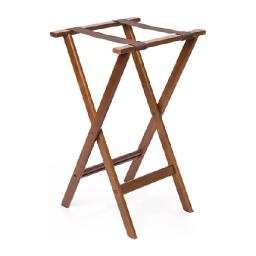Tull66
General mountain dulcimer or music discussions
Welcome Tull66. Elsewhere you wrote:
I’m new here, don’t see how to start a new topic. I don’t own a dulcimer yet and want to know how to choose. I want to dabble making music, not looking for an heirloom. Where do I begin? Thanks. Also looking for a mentor in Jeannette PA.
To start a New Discussion you go to the Discussions Tab and scroll down until you see the category you want to start a discussion in -- This is the General Category. Then in that category you click the + sign at the top right of the page, and a new window like this one appears.
Choosing a first dulcimer can be difficult because everyone here is going to recommend their own personal favorite brand/style and all that!
Since you at this point aren't even sure if you'll like the dulcimer, I suggest you start as inexpensively as you can while still getting an instrument you can trust. Believe me, there are lots of cheap, fly-by-night "deals" out there to be avoided.
I've been building and playing dulcimers since the mid-1970s, and have owned and played many different styles, brands,etc. My advice to you, as a complete newcomer, is to choose one of the Cardboard dulcimers you can find here:
www.backyardmusic.com › page › subpage › dulcimers › simplicity-dulcimer.htm
or here:
https://www.folkcraft.com › products › cardboard-dulcimer-kit-2311071
It may sound almost silly. But it isn't. The material the body of a dulcimer is made from isn't particularly important. Wood is the most common material, but there have also been perfectly good sounding dulcimers made out of Legos, thin plexiglass, gourds, and violin cases! However, the accuracy of the spacing of the frets (to the nearest 1/100th of an inch or less) is critical. Many of those "deal" dulcimers are made with inaccurate fretboards. The cardboards instruments in the links above have VERY accurate fretboards, and are VERY suitable for a newcomer to learn to play. Those compoanies havebeen around for mny years and have thousands of satisfied customers.
Once you've got some experience playing, and have hung around here reading and seeing what folks say about this and that -- for six months or so -- then you'll be better prepared to decide which next dulcimer you want. BTW, finding a mentor would be a great thing, but many.many of us learned to play from one or another book, without any formal teacher.
IN the meantime, here is a link to a booklet I wrote a number of years ago called I Just Got A Dulcimer, Now What? . It's an illustrated glossary of dulcimer terms (so we all speak the same jargon) plus answers to many beginner questions about the tuning, playing, care and feeding of your instrument. Enjoy your journey!!
Ken Hulme's "I Just Got A Dulcimer, Now What?" Article - Strumelia | fotmd.com
updated by @ken-hulme: 05/29/22 10:52:12PM


